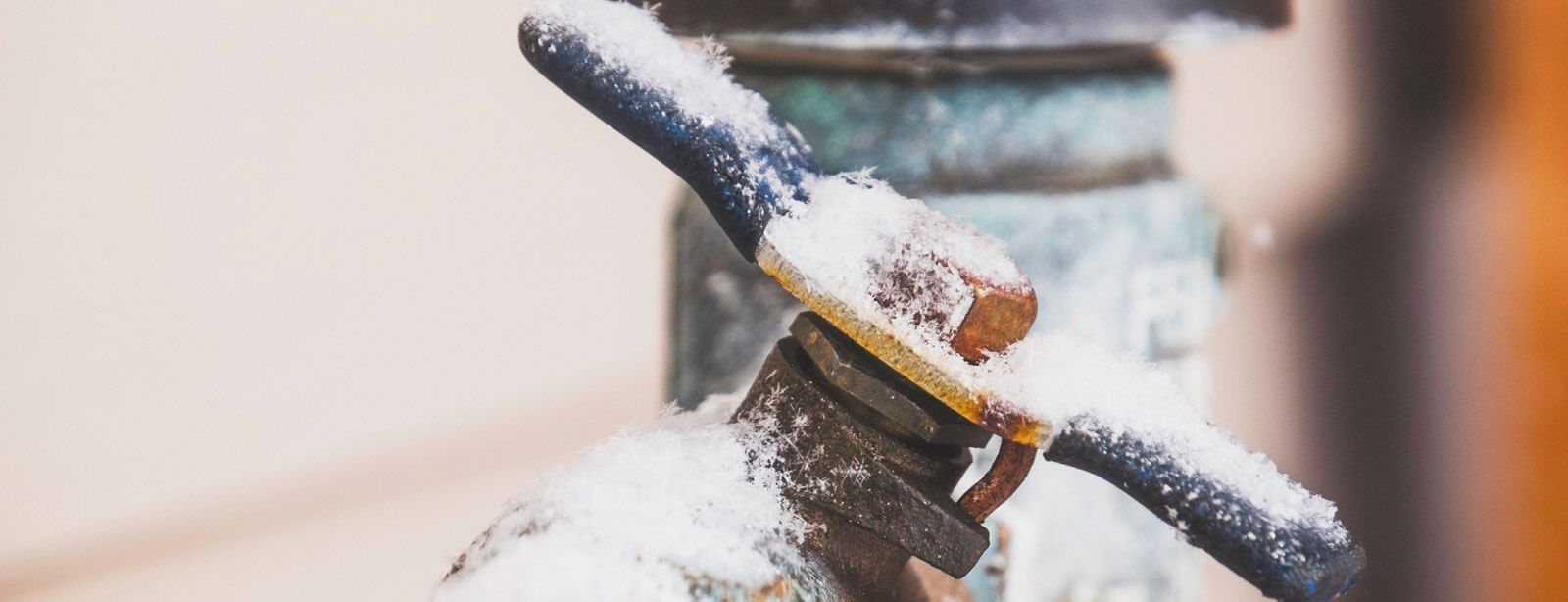Ways to Defend Your Pipes from Cold Weather: Expert Tips
Ways to Defend Your Pipes from Cold Weather: Expert Tips
Blog Article
We have stumbled on the article pertaining to 6 Ways to Prevent Frozen Pipes below on the web and think it made sense to write about it with you over here.

Cold weather can ruin your pipes, particularly by freezing pipelines. Right here's how to prevent it from happening and what to do if it does.
Introduction
As temperatures decrease, the danger of icy pipelines rises, possibly bring about pricey repairs and water damage. Understanding just how to stop icy pipelines is vital for house owners in chilly climates.
Understanding Frozen Pipes
What creates pipelines to freeze?
Pipes ice up when subjected to temperatures listed below 32 ° F (0 ° C) for prolonged periods. As water inside the pipes freezes, it expands, taxing the pipe wall surfaces and potentially causing them to burst.
Risks and damages
Frozen pipes can lead to water disruptions, home damage, and pricey repairs. Ruptured pipes can flooding homes and create extensive architectural damage.
Indications of Frozen Water Lines
Recognizing icy pipes early can avoid them from rupturing.
Just how to recognize icy pipelines
Try to find reduced water circulation from faucets, unusual smells or sounds from pipelines, and visible frost on revealed pipelines.
Prevention Tips
Insulating vulnerable pipelines
Wrap pipes in insulation sleeves or make use of heat tape to shield them from freezing temperatures. Concentrate on pipes in unheated or outside locations of the home.
Heating strategies
Keep interior rooms appropriately heated up, specifically areas with plumbing. Open up closet doors to allow warm air to distribute around pipelines under sinks.
Securing Outside Plumbing
Garden hose pipes and outdoor taps
Separate and drain garden hoses before winter. Install frost-proof spigots or cover exterior faucets with insulated caps.
What to Do If Your Pipes Freeze
Immediate actions to take
If you suspect icy pipes, keep faucets open up to relieve pressure as the ice thaws. Make use of a hairdryer or towels soaked in hot water to thaw pipes gradually.
Long-Term Solutions
Architectural adjustments
Take into consideration rerouting pipelines far from outside wall surfaces or unheated locations. Add added insulation to attic rooms, basements, and crawl spaces.
Upgrading insulation
Buy high-quality insulation for pipelines, attics, and walls. Correct insulation aids maintain consistent temperatures and minimizes the risk of icy pipes.
Conclusion
Preventing frozen pipes needs aggressive steps and fast responses. By comprehending the reasons, signs, and preventive measures, home owners can safeguard their plumbing throughout winter.
6 Proven Ways to Prevent Frozen Pipes and Protect Your Home
Disconnect and Drain Garden Hoses
Before winter arrives, start by disconnecting your garden hoses and draining any remaining water. Close the shut-off valves that supply outdoor hose bibs and leave the outdoor faucet open to allow any residual water to drain. For extra protection, consider using faucet covers throughout the colder months. It’s also important to drain water from any sprinkler supply lines following the manufacturer’s directions.
Insulate Exposed Pipes
Insulating your pipes is an effective way to prevent freezing. Pipe insulation is readily available at home improvement stores and is relatively inexpensive. Pay close attention to pipes in unheated areas such as the attic, basement, crawl spaces, or garage. Apply foam insulation generously to create a buffer against the cold. You can also wrap your pipes in heat tape or thermostat-controlled heat cables for added warmth.
Seal Air Leaks
Inspect your home for any cracks or openings that could let in cold air. Seal any holes around the piping in interior or exterior walls, as well as the sill plates where your home rests on its foundation. Additionally, make sure to keep your garage door closed unless you’re entering or exiting. Leaving it open creates a significant air leak that can lead to frozen pipes.
Allow Warm Air Circulation
During cold snaps, it’s essential to allow warm air to circulate evenly throughout your home. Leave interior doors ajar to promote better airflow. Open kitchen and bathroom cabinets to help distribute heat consistently around the rooms. If you have small children or pets, be sure to remove any household chemicals or potentially harmful cleaners from open cabinets for safety.
Let Faucets Drip
A small trickle of water can make a big difference in preventing ice formation inside your pipes. When temperatures drop significantly, start a drip of water from all faucets served by exposed pipes. This continuous flow helps prevent the water from freezing. Additionally, running a few faucets slightly can relieve pressure inside the pipes, reducing the chances of a rupture if the water inside does freeze.
https://choateshvac.com/6-proven-ways-to-prevent-frozen-pipes-and-protect-your-home/

We hope you enjoyed reading our article about Helpful Tips to Prevent Frozen Pipes this Winter. Thanks a ton for taking a few minutes to browse our posting. Enjoyed reading our review? Please quickly share it. Let other people find it. I recognize the value of reading our article about How to prepare your home plumbing for winter weather.
Call Today Report this page